Types and classifications of butterfly valves
Types and classifications of butterfly valves
Butterfly valves can be divided into offset plate type, vertical plate type, inclined plate type and lever type according

ductile iron, DI, butterfly valve, manufacturer, center line, TH valve
to the structure. According to the sealing form, it is divided into two types: relatively sealed type and hard sealed type. Soft-sealed butterfly valves generally use rubber ring seals, and hard-sealed butterfly valves usually use metal ring seals. According to the connection type, they are divided into flange connection and wafer connection. According to the transmission mode, they are divided into manual, gear transmission, pneumatic, hydraulic and electric. .
Due to the wide variety of butterfly valves, and in special working conditions, the butterfly valve products used are also different. Therefore, for this type of valve, you should choose the type separately from the engineer! According to common types and classifications, butterfly valves can be divided into the following forms:
(1) Classification by structure
1. Center sealing butterfly valve
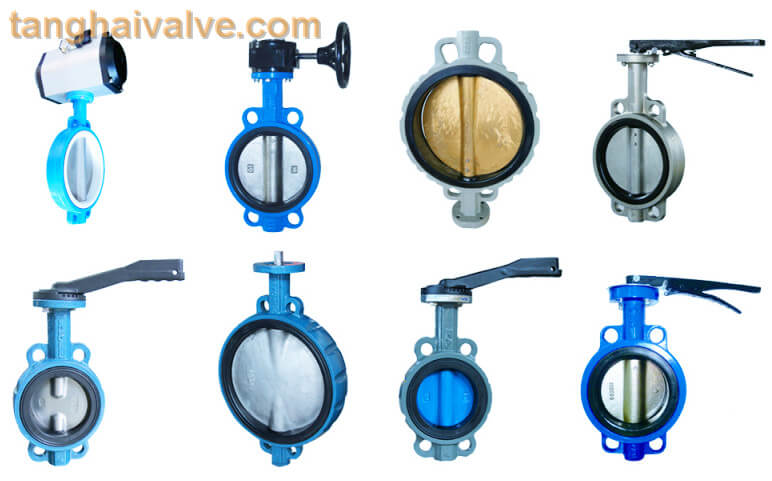
Types of wafer butterfly valves
2. Single eccentric sealing butterfly valve
3. Double eccentric sealing butterfly valve
4. Triple eccentric sealing butterfly valve
(2) Classified by link method
1. Wafer butterfly valve
2. Flanged butterfly valve
3. Lug butterfly valve
4. Welded butterfly valve
(3) Classified by working temperature
1. High temperature. t>450 °C butterfly valve.
2. Medium temperature butterfly valve. 120 C<t<450 ℃ butterfly valve.
3. Normal temperature butterfly valve. A butterfly valve of 40C<t<120 °C.
4. Low temperature butterfly valve. One 100<t<一40 °C butterfly valve.
(4) Classified by sealing surface material
1. Soft sealing butterfly valve.
(1) The sealing pair is composed of non-metallic soft material to non-metallic soft material.
(2) The sealing pair is composed of metallic hard materials and non-metallic soft materials.
2. Metal hard sealing butterfly valve. The sealing pair is composed of a metal hard material to a metal hard material.
(5) Classified by work pressure
1. Vacuum butterfly valve, a butterfly valve whose working pressure is lower than the atmospheric pressure of the standard stack.
2. Low pressure butterfly valve, butterfly valve with nominal pressure PN<1.6MPa.
3. Medium pressure butterfly valve, butterfly valve with nominal pressure PN of 2.5-6.4MPa.
4. High-pressure butterfly valve, a butterfly valve with a nominal pressure PN of 10.0-80.0MPa.
5. Ultra-high pressure butterfly valve, butterfly valve with nominal pressure PN>100MPa.
(6) Classified by sealing form
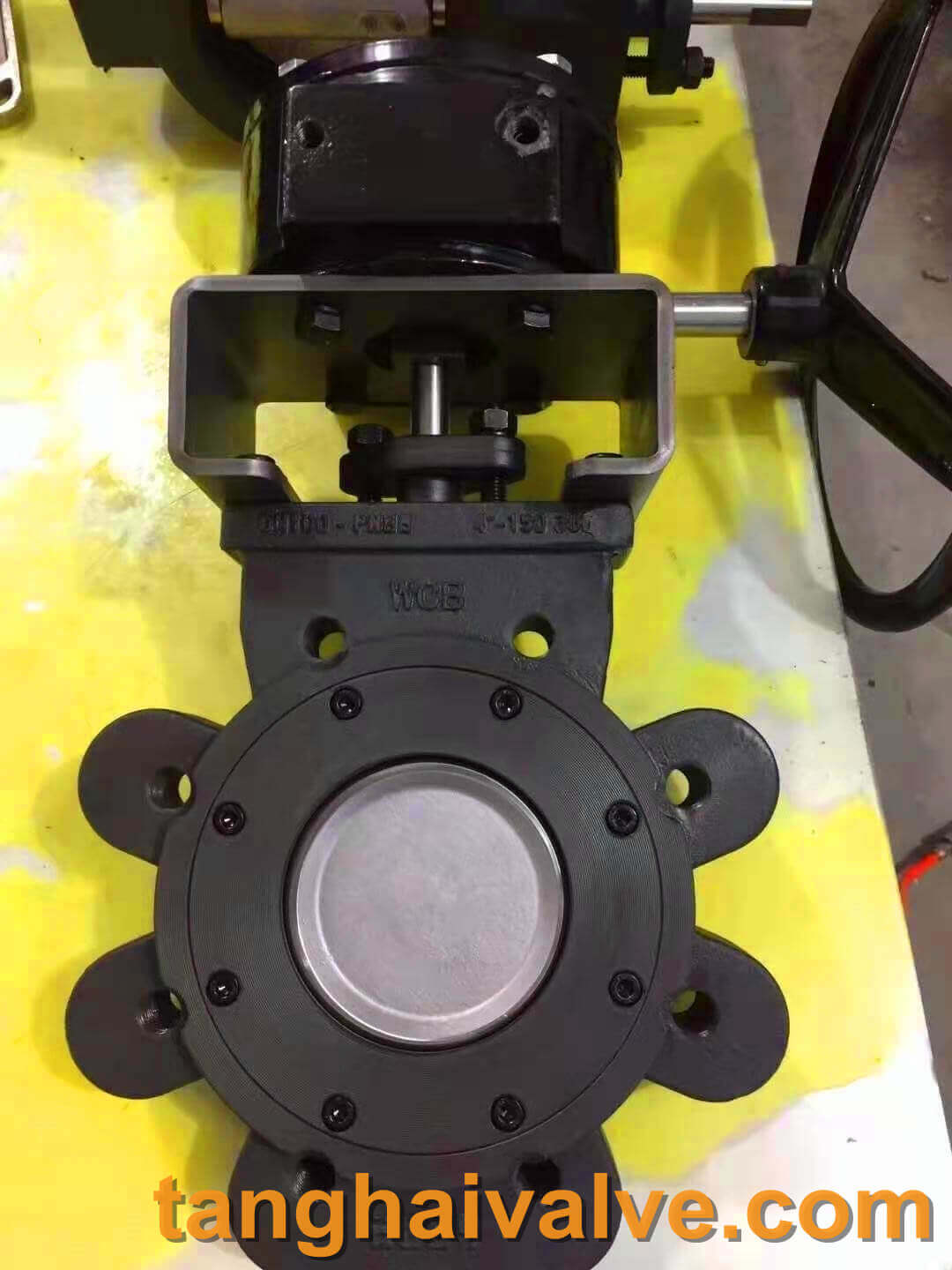
Double offset-lug butterfly valve-D372F-150lbC (1)
1. Forced sealing butterfly valve.
(1) Elastic sealing butterfly valve. The specific pressure of the seal is generated by the elasticity of the valve seat or the valve plate when the valve plate squeezes the valve seat when it is closed.
(2) External torque sealing butterfly valve. The seal specific pressure is generated by the torque applied to the valve shaft.
2. Pressure-filled and sealed butterfly valve. The specific sealing pressure is generated by the pressure of the elastic sealing element on the valve seat or valve plate.
3. Automatic sealing butterfly valve. The sealing specific pressure is automatically generated by the medium pressure.
Related knowledge: Types of valves Types of regulating valves Types of stop valves Types of ball valves Types of gate valves
TH Valve is a professional manufacturer of butterfly valve, gate valve, check valve, globe valve, knife gate valve, ball valve with API, JIS, DIN standard, used in Oil, Gas, Marine industry, Water supply and drainage, fire fighting, shipbuilding, water treatment and other systems, with Nominal Diameter of DN50 to DN1200, NBR/EPDM/VITON, Certificates & Approvals: DNV-GL, Lloyds, DNV, BV, API, ABS, CCS. Standards: EN 593, API609, API6D
Related news /knowledge:
Detailed introduction of soft sealing butterfly valve-(2);
The main classification methods of butterfly valve (1);
Classification of check valves;
Difference between Soft seal gate valve and hard seal gate valve;

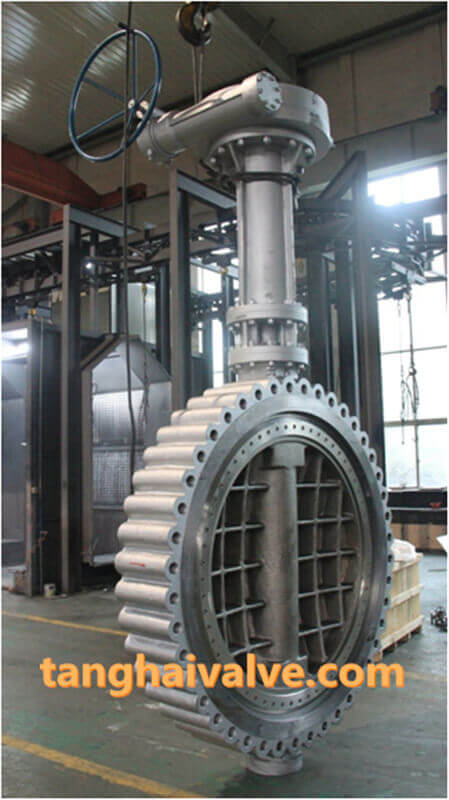
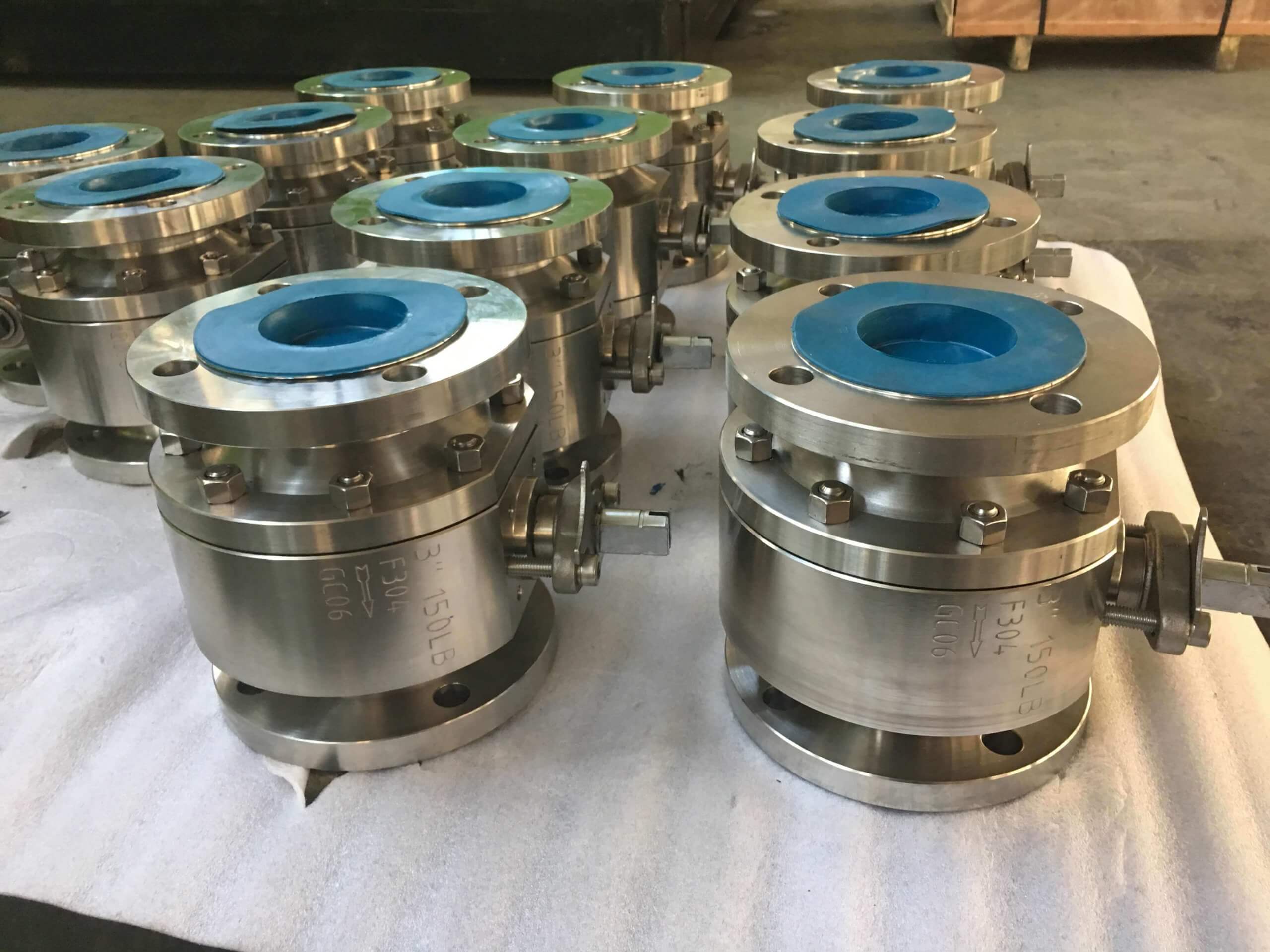
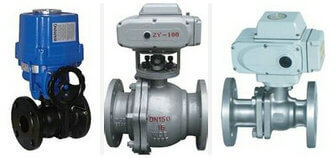
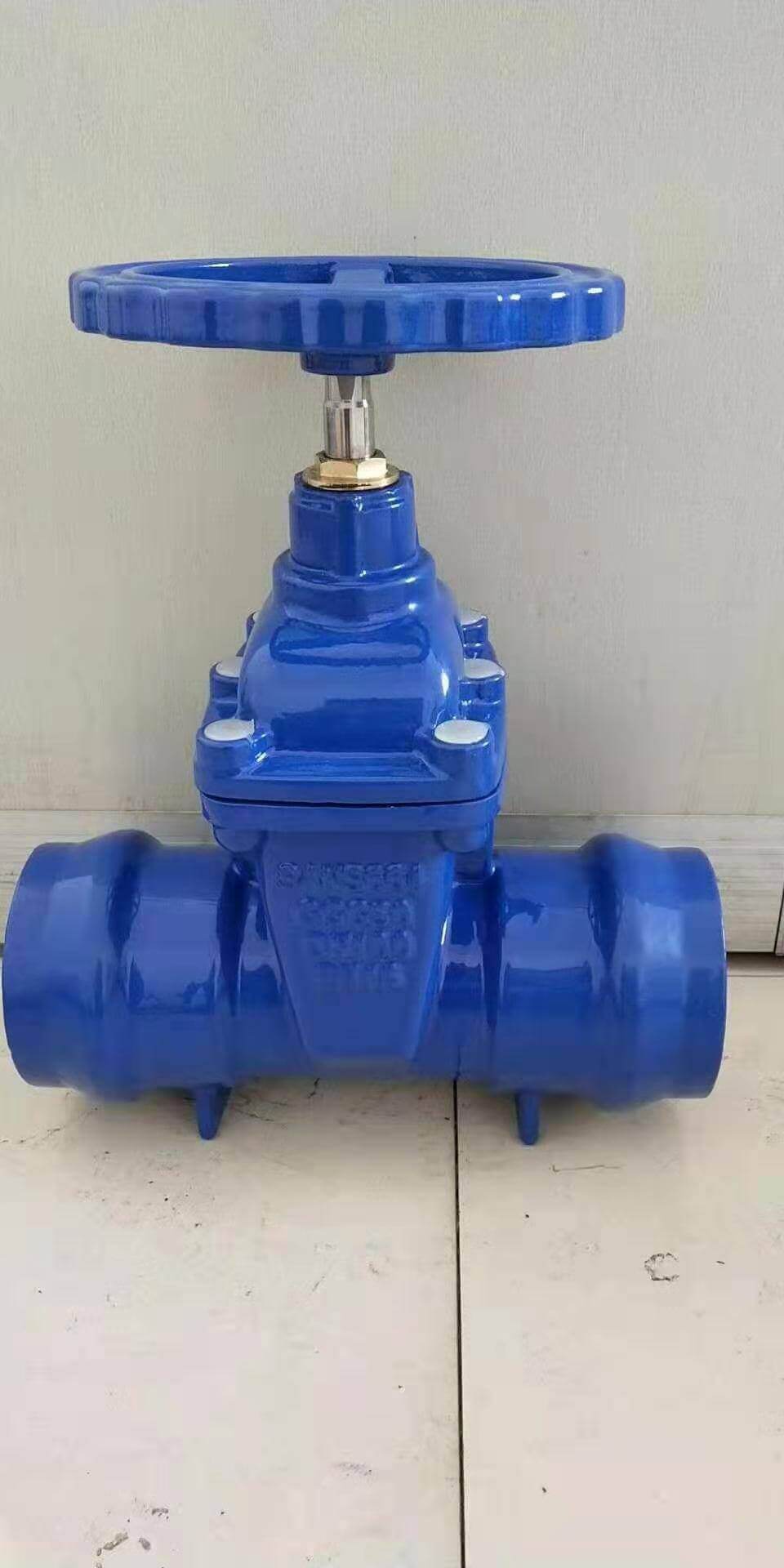
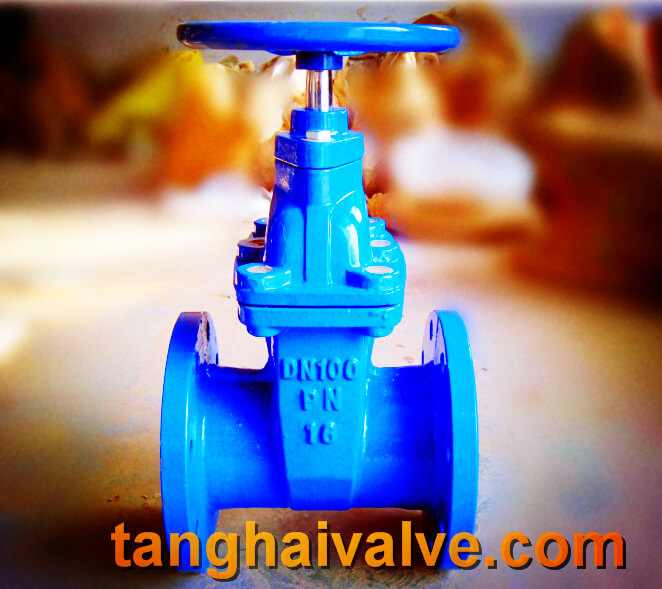
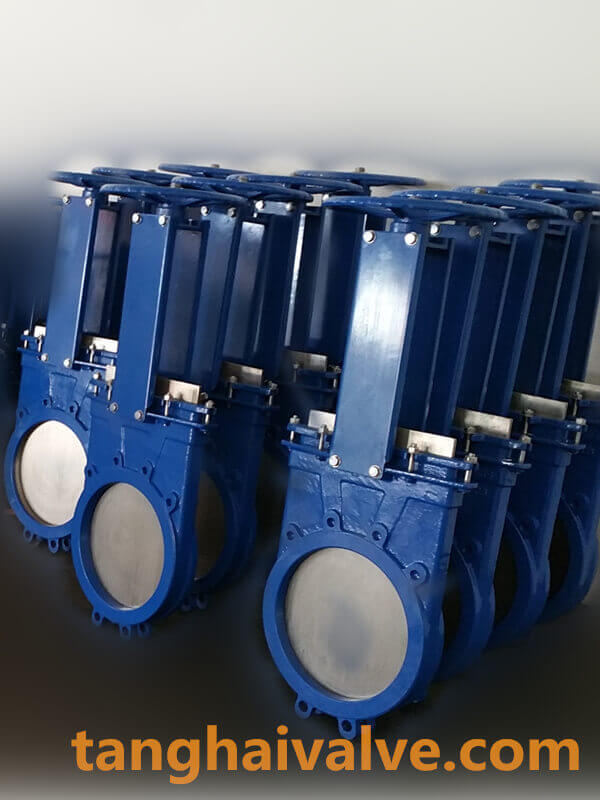
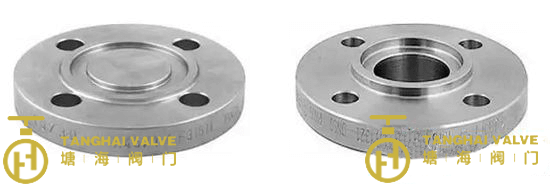
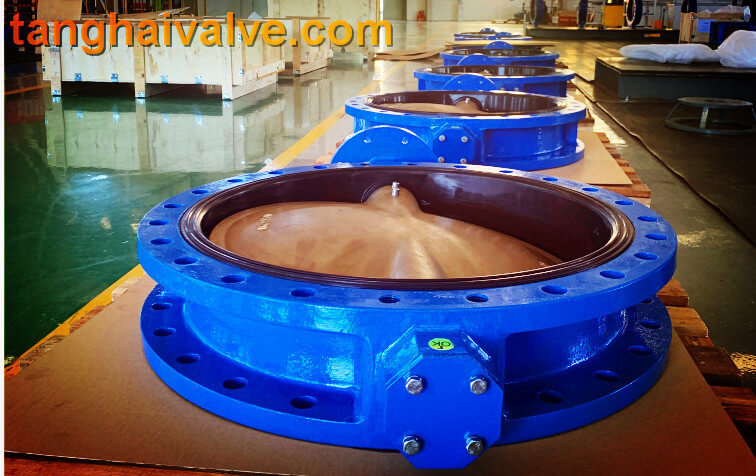
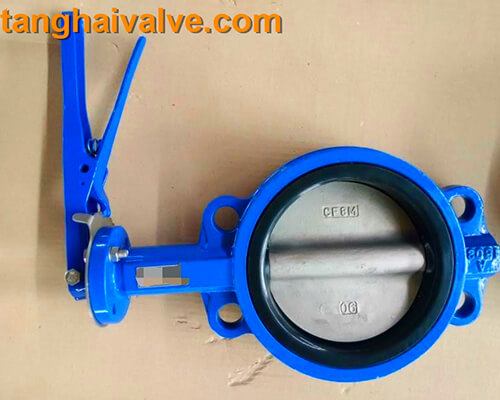


 © Copyright 2020 Tianjin Tanghaidongyang Valve Co., Ltd. All Rights Reserved.
© Copyright 2020 Tianjin Tanghaidongyang Valve Co., Ltd. All Rights Reserved.